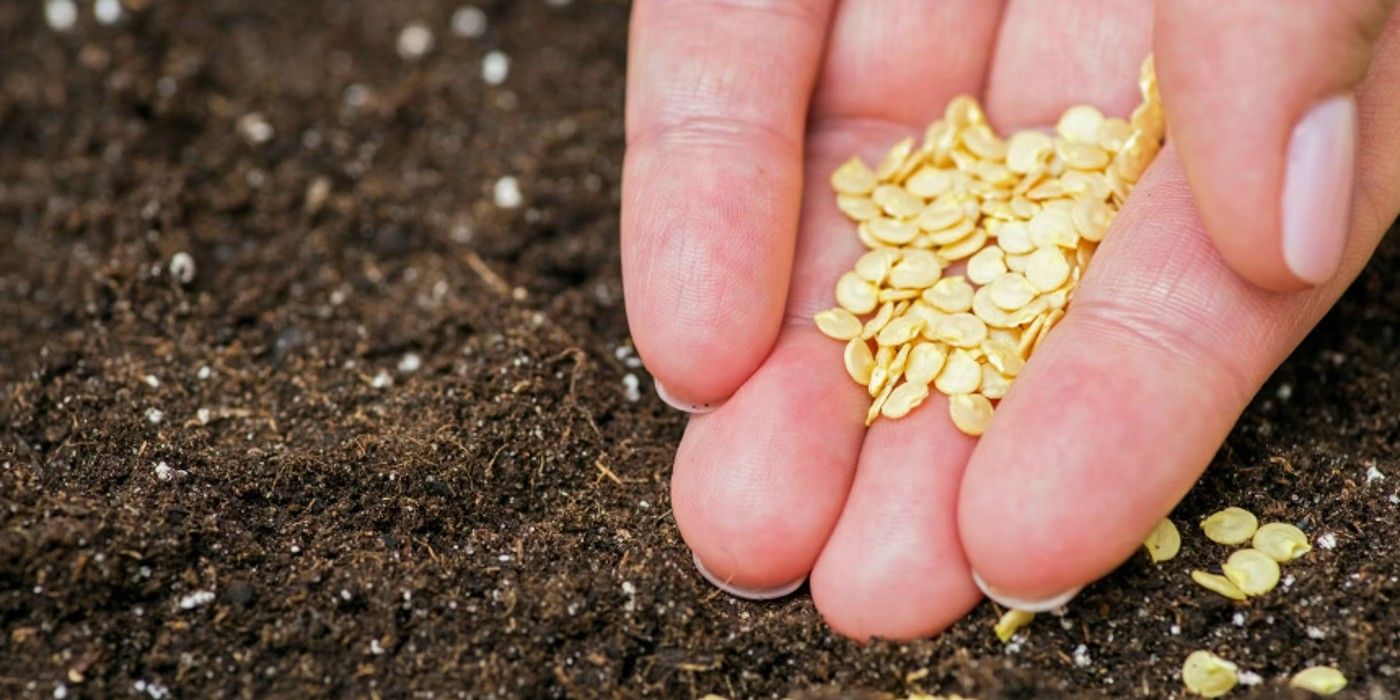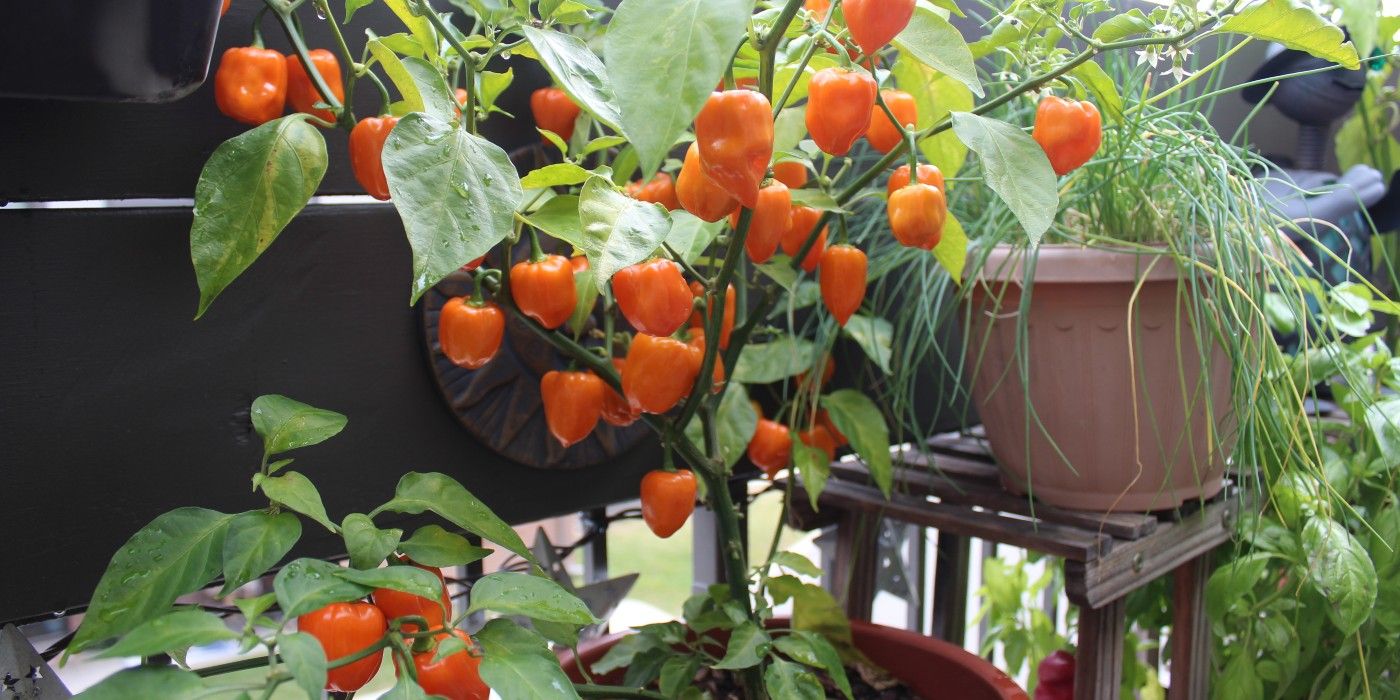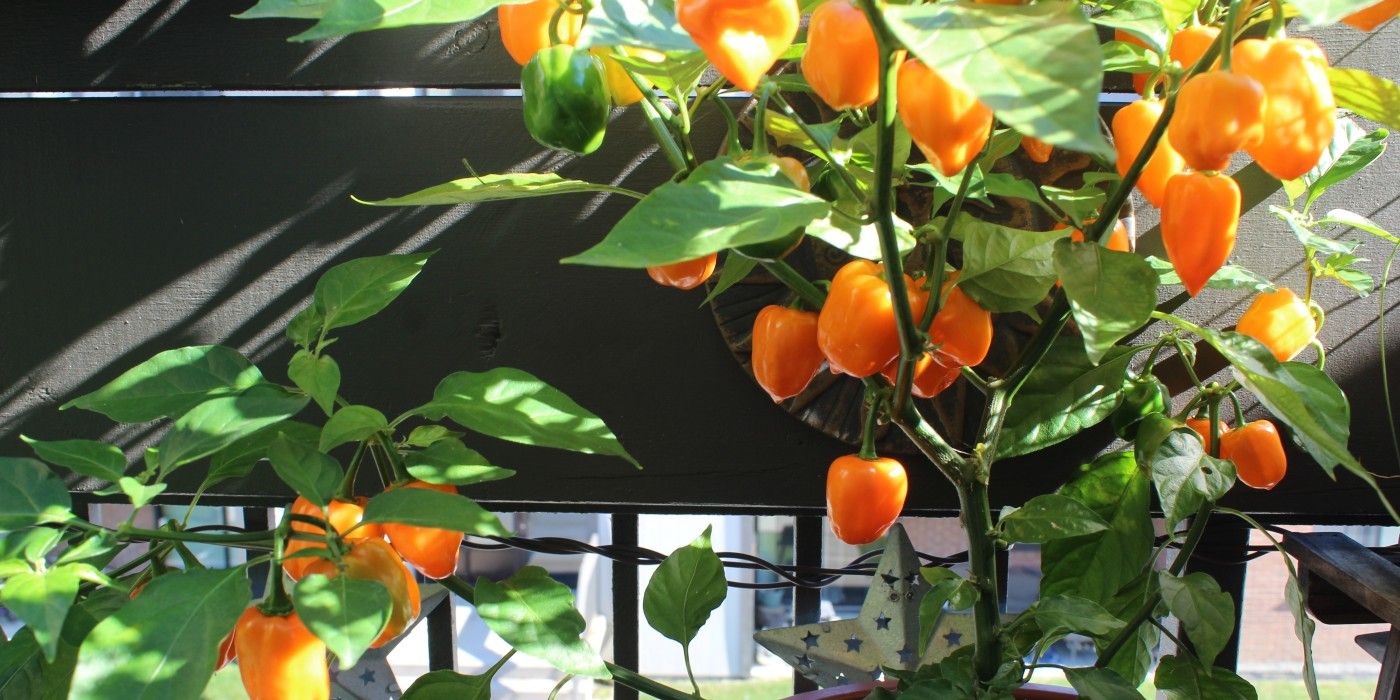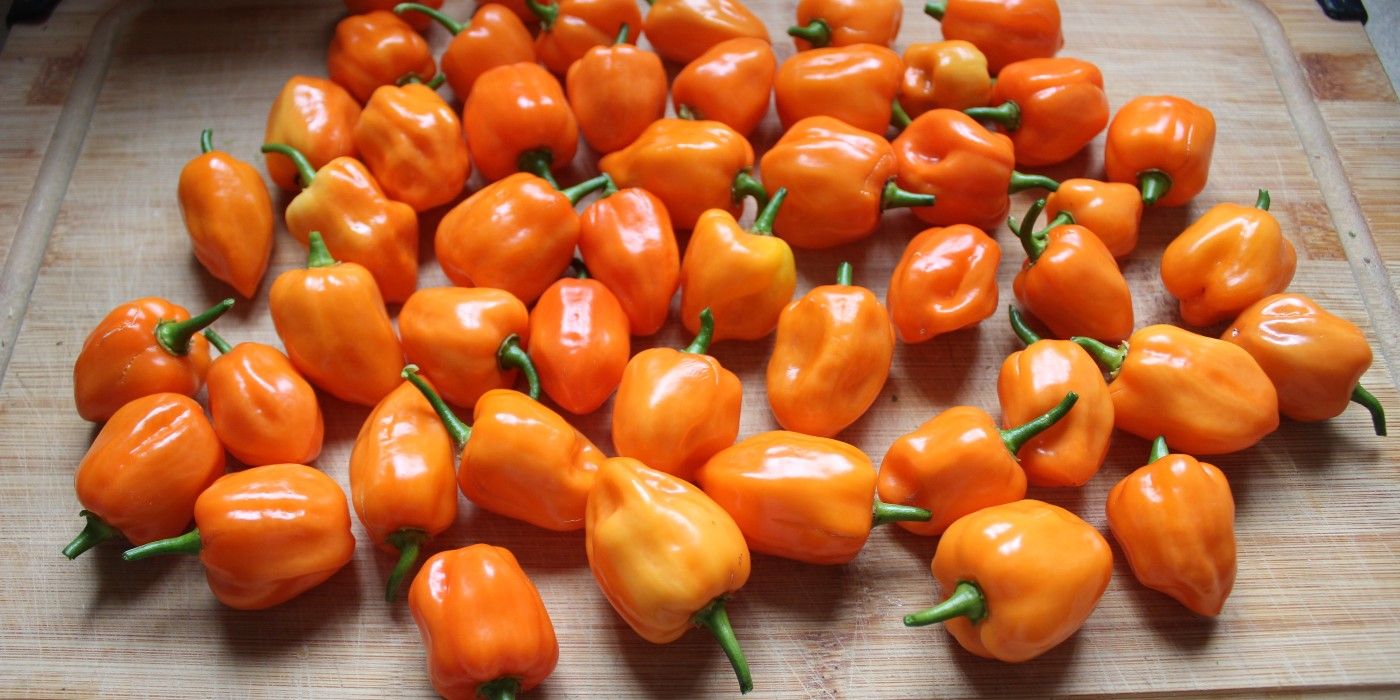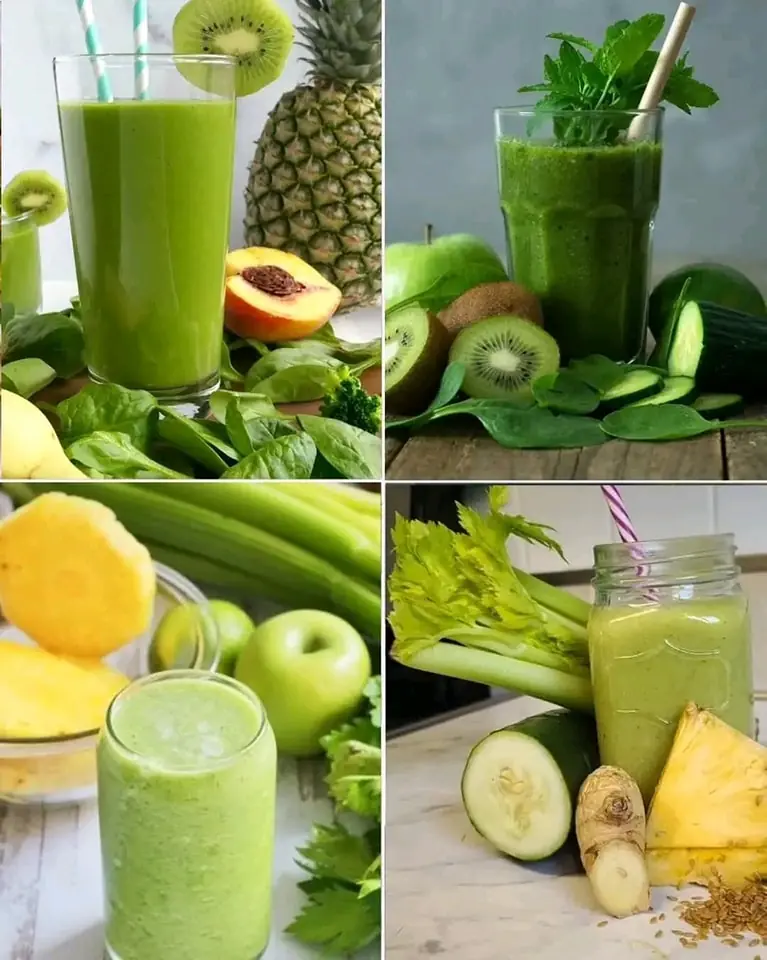
How to Grow Habanero Peppers in Pots
Whether you are short on growing space or simply looking for convenience, container gardening is a practical way to expand your garden and grow various plants in pots or containers. For some gardeners, adding a few potted plants enhances your current growing space, allowing you to grow even more crops. For others with limited space, growing in containers is their only option to have a flourishing outdoor garden.
These peppers pack a fiery punch that is balanced by their surprisingly fruity and floral flavor.
While you can grow a wide selection of plants in containers, among the best container plants are peppers. All types of peppers will thrive in pots, including the ultra-spicy habanero hot pepper plant. Known as one of the most popular hot pepper varieties, habanero peppers are loved for their bold taste and intense heat. With 100,000 to 350,000 Scoville heat units (SHU), these peppers pack a fiery punch that is balanced by their surprisingly fruity and floral flavor.
If you enjoy their unique, spicy flavor and want to learn how to grow peppers on your own at home, habaneros make a great addition to any garden space, especially small-space container gardens.
When to Sow Habanero Hot Pepper Seeds
Habaneros require consistently warm temperatures
Habaneros love the hot days of summer, thriving in warm, sunny conditions and high temperatures.
Before sowing seeds outdoors, ensure that daytime temperatures consistently reach between 70 and 90 degrees Fahrenheit, and nighttime temperatures are at least 60 degrees Fahrenheit.
- Under optimal conditions, habanero seeds will germinate within seven to 14 days.
- Seeds require warm soil conditions, ideally between 70 and 85 degrees Fahrenheit, in order to successfully germinate.
- Habanero peppers have a long growing season. Both in-ground and container plants reach maturity in approximately 100 to 120 days from seed to harvest.
- Depending on your climate, you may want to start your potted plants indoors. Sow seeds indoors about six to eight weeks before the last expected frost date to speed up their growing time before adding habaneros to your container gardening design.
|
Plant |
Fill seed cells or small pots with seed starting mix. Sow habanero seeds ¼ inch deep and cover with a thin ¼-inch layer of soil. Plant multiple seeds per hole to ensure your seeds germinate. |
|
Water |
After sowing your seeds, water thoroughly and continue to keep the growing medium moist during germination. Habanero seeds should germinate in approximately seven to 14 days. If necessary, place a heat mat under your seedlings to maintain a warm soil temperature. |
|
Thin |
Once seedlings emerge from the soil and have their first set of true leaves, thin your seedlings. Select the strongest and healthiest-looking seedling, leaving only one plant per pot. To do this, use scissors and trim seedlings at the soil level, so you do not disturb the roots of the main plant. |
|
Transplant |
Transplant your pepper plants into their container once they reach 2 to 3 inches tall and have at least four true leaves. The first two leaves to appear are called cotyledons, or seed leaves, followed by true leaves. True leaves grow from the stem of the plant and will resemble its actual foliage. |
After germination occurs, place your habanero hot pepper seedlings under a grow light. Provide seedlings with 14 to 16 hours of artificial light per day, followed by eight to 10 hours of darkness.
How to Grow Peppers in a Pot
Choose the correct container size and soil for your potted plants
When it comes to container gardening, selecting the right pot size and growing medium is crucial to your plant's overall success.
For the best growth, use a large-sized pot to grow habanero peppers in containers.
- Large containers allow more room for root development and reduce how often you need to water your plants.
- Opt for a container that is at least 4 to 5 gallons and 12 to 14 inches in diameter.
- Choose from plastic, terracotta, clay, and ceramic pots, or cloth grow bags, depending on your personal preference.
All containers require several drainage holes to allow water to flow from the pot during watering. If necessary, drill holes in the bottom of your containers to prevent overwatering and root rot.
Select a high-quality potting soil that is specifically designed for container plants. Look for a type of potting soil that contains peat moss, perlite, or vermiculite, which is lightweight, sterile, and has great water retention.
- When growing edible plants like habanero peppers, opt for organic potting soil over regular potting soil.
- Organic soil is nutrient-dense and contains beneficial microbes, which improves the overall health of your plants.
- Organic soil is also a more sustainable option that is free of synthetic chemicals and fertilizers.
- Aim for a soil pH of 6.0 to 7.0.
After selecting your container and filling it with soil, directly sow your seeds once outdoor temperatures are consistently above 70 degrees Fahrenheit.
- Sow habanero seeds ¼ inch deep and cover with a thin ¼-inch layer of soil.
- Plant multiple seeds to ensure your seeds germinate.
- Keep the soil moist during germination, which will take between seven and 14 days.
Caring for a Habanero Hot Pepper Plant
Sunlight, water, and fertilizer requirements for your potted plants
After seedlings emerge, provide your container plants with consistent water, sunlight, and fertilizer for healthy growth. Knowing these particulars is essential for learning how to grow peppers successfully.
- Watering: Habanero peppers require 1 to 2 inches of water per week on average. Provide your plants with water whenever the top 1 inch of soil feels dry to the touch. During heatwaves or periods of intense heat, check the soil moisture daily to see if your plant needs more water.
- Sunlight: Grow your potted pepper plants in full sun, allowing for at least six to eight hours of direct sunlight each day. Without sufficient sunlight, you may experience slow growth, poor fruit production, and smaller harvests.
- Fertilizer: Apply a balanced fertilizer with an NPK (nitrogen, phosphorus, potassium) ratio of 10-10-10 or 16-16-16 at planting time. Continue to feed your plants every four to six weeks throughout the growing season.
One of the main benefits of container gardening is the ability to pick up and move your potted plants. If needed, move your pepper plants throughout the day so that they receive eight hours of direct sunlight daily.
How to Harvest Habanero Peppers
When to harvest your container plants
After your plants reach maturity (in approximately 100 to 120 days), you can begin to harvest your peppers once they are fully ripe.
Depending on the variety, habaneros will ripen to a bright orange, red, or yellow color, whereas unripe peppers will be a vivid green color.
- Harvest your peppers once they are 2 to 3 inches in length and fully ripe.
- Peppers that are left to ripen on the plant will have the most intense heat and flavor.
- Use your peppers right away, or store them in the fridge in a sealed plastic bag for one to two weeks.
- For long-term storage, place the plastic bag in the freezer where they will remain fresh for up to one year.
Grow Habanero Hot Pepper Plants in Containers
Now that you know how to grow peppers in containers, put your green thumb to use and experiment with container gardening by growing potted plants in your outdoor space! Sow your seeds indoors six to eight weeks before the last expected frost date, or direct sow in pots once outdoor temperatures warm up to 70 degrees Fahrenheit. Place your container plants in full sun, maintain a regular watering schedule, and apply fertilizer every four to six weeks.
Before you know it, you'll be harvesting lots of delicious hot peppers. Use fresh habanero peppers to make homemade hot sauces, salsas, and curries for a spicy kick!
News in the same category


The husband slapped his wife in front of his friends to show off — but her act of revenge left everyone shocked and speechless
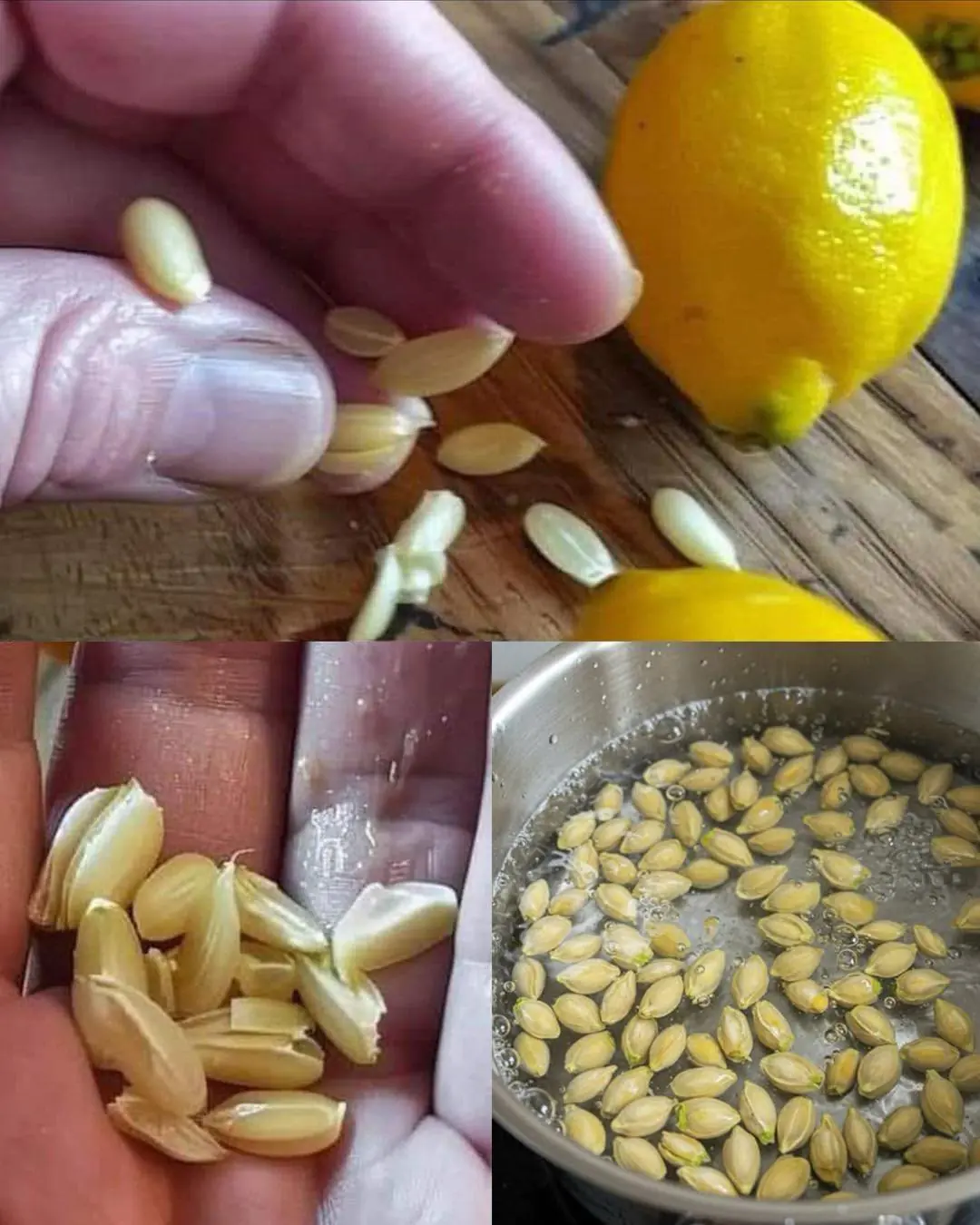
10 Clever Ways to Reuse Lemon Seeds at Home
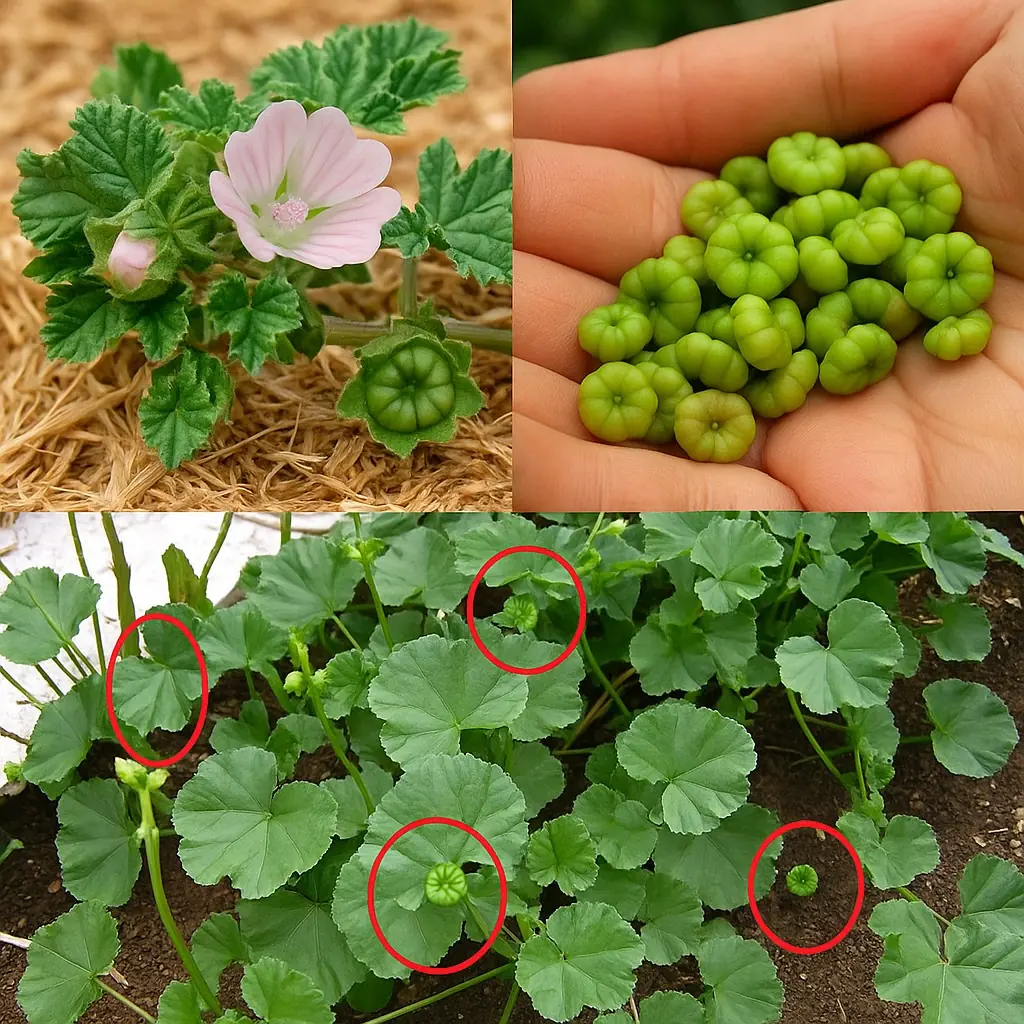
Unlocking the Secret Health Benefits of Common Mallow: Nature’s Wonder Herb for Wellness
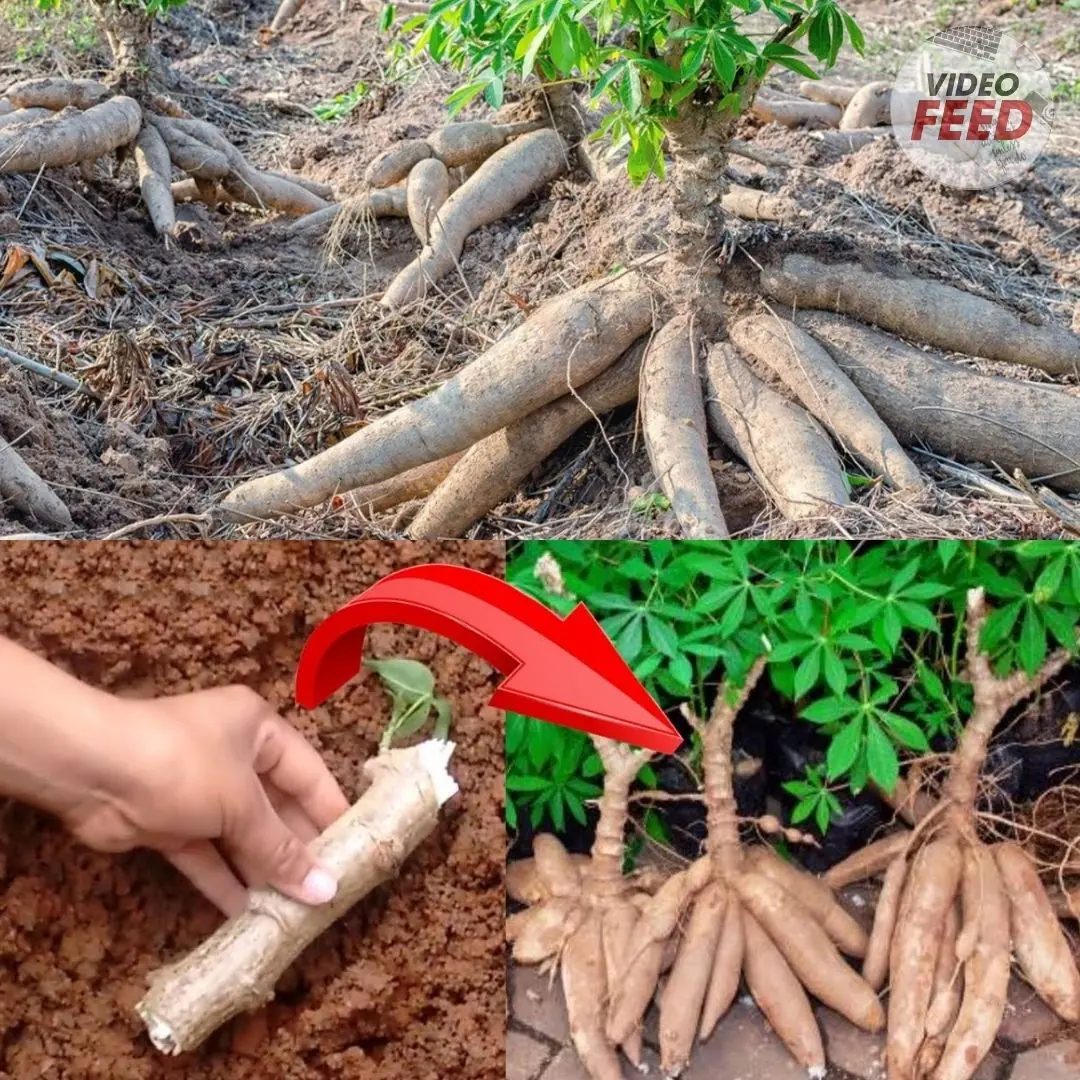
Essential Knowledge for Growing Cassava Successfully
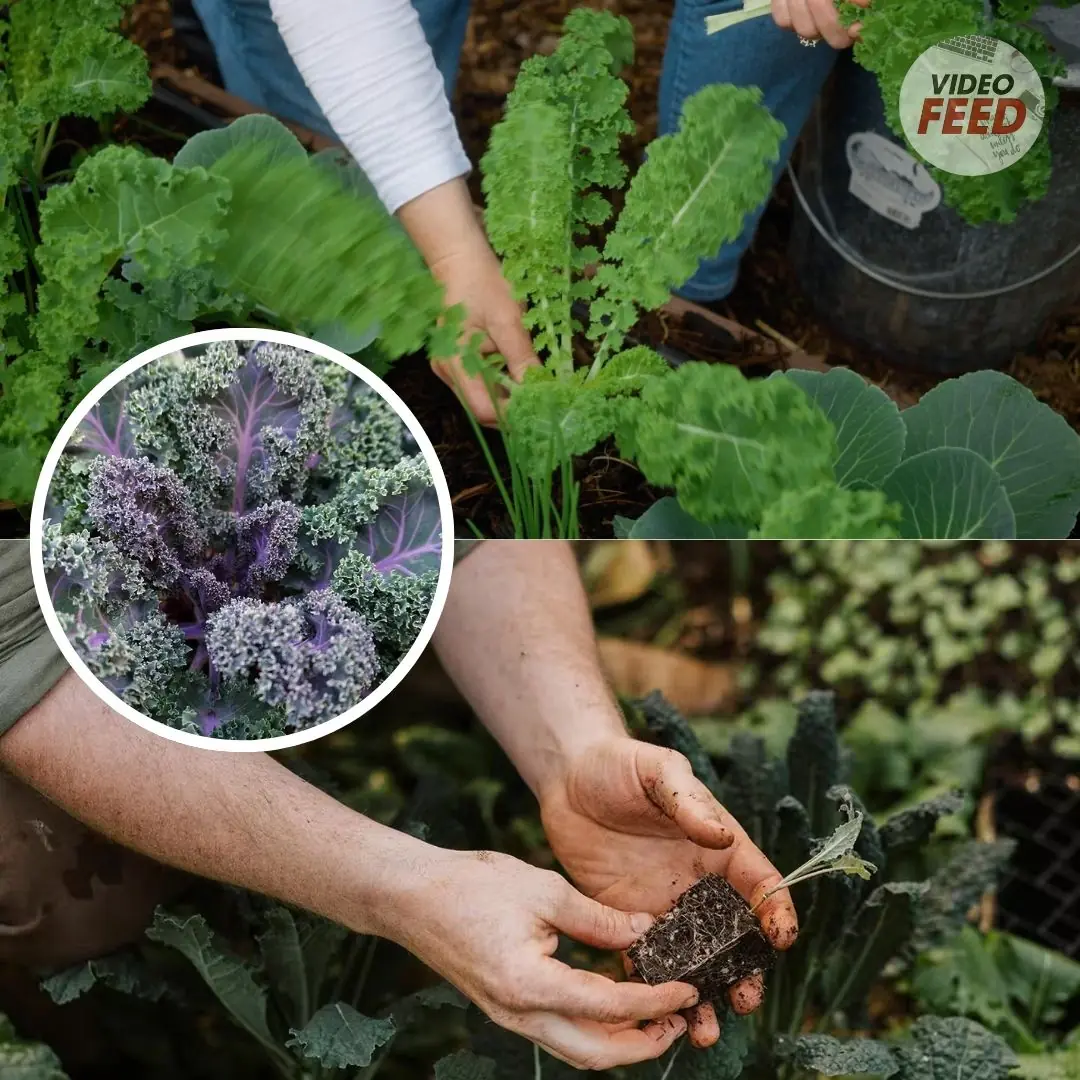
Growing Kale: Planting, Care, and Harvesting Tips
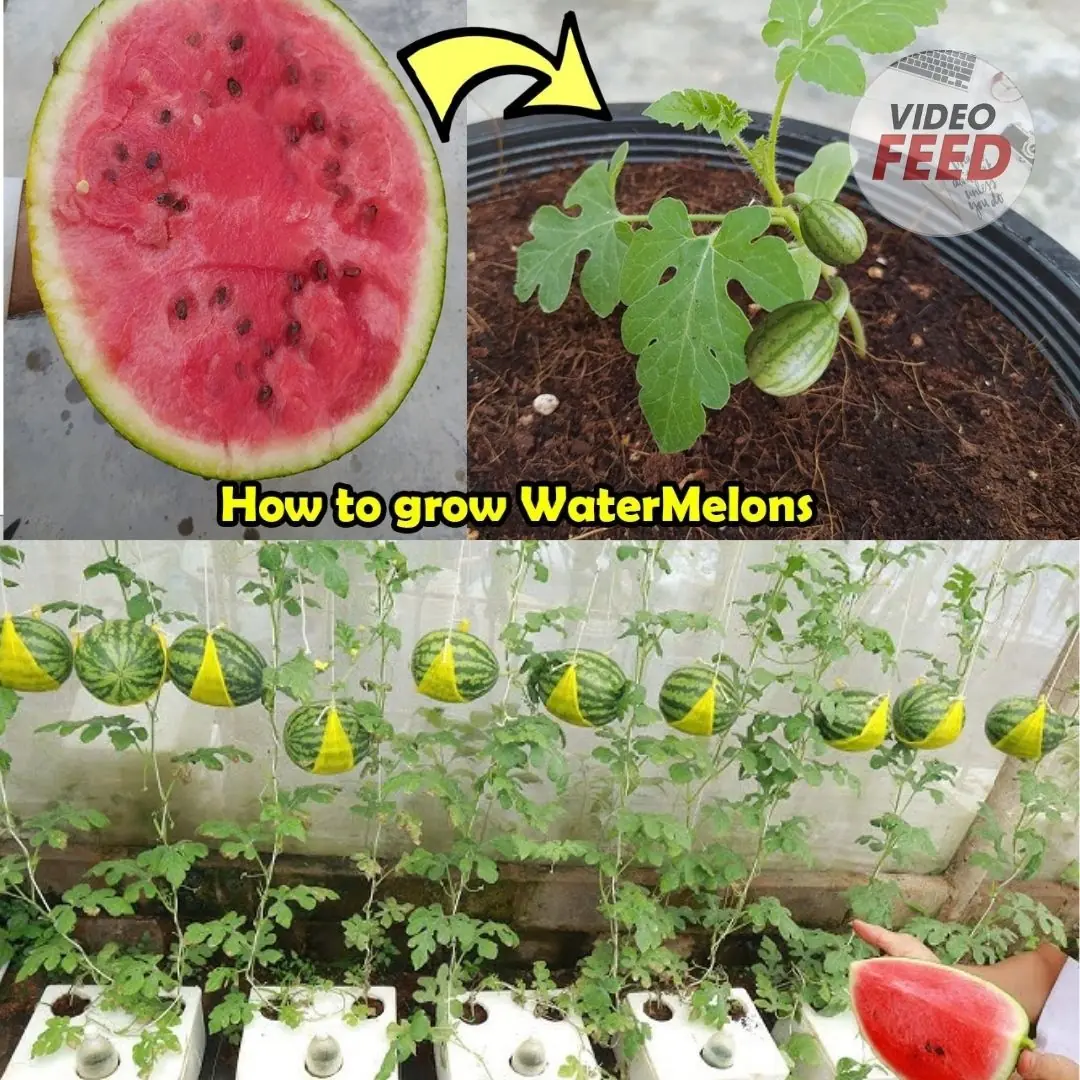
How to Grow Watermelons at Home: A Guide for Small Spaces & Balconies

How to Grow a Banana Tree at Home and Never Buy Bananas Again
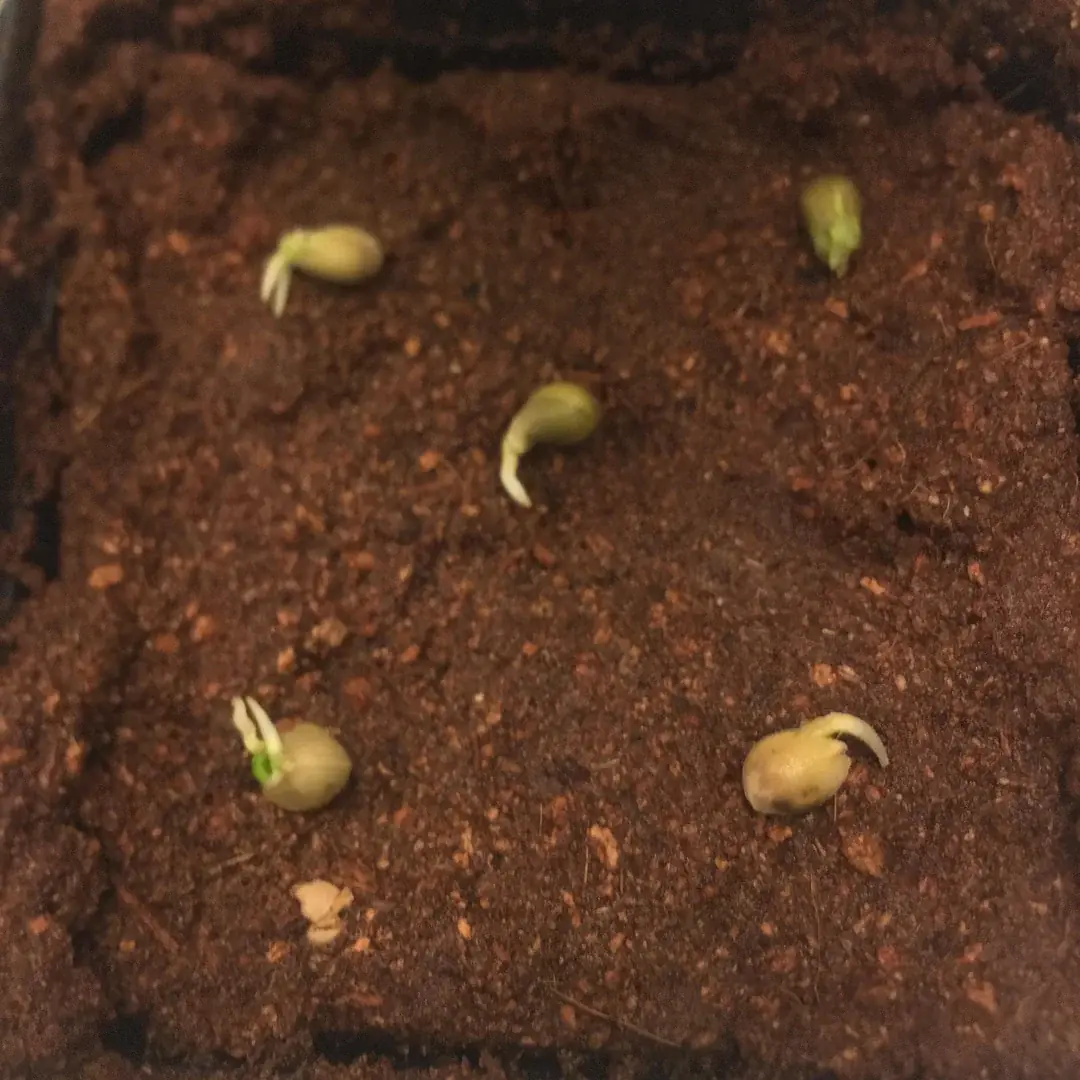
Here’s How to Grow Calamansi at Home — No Farm Needed
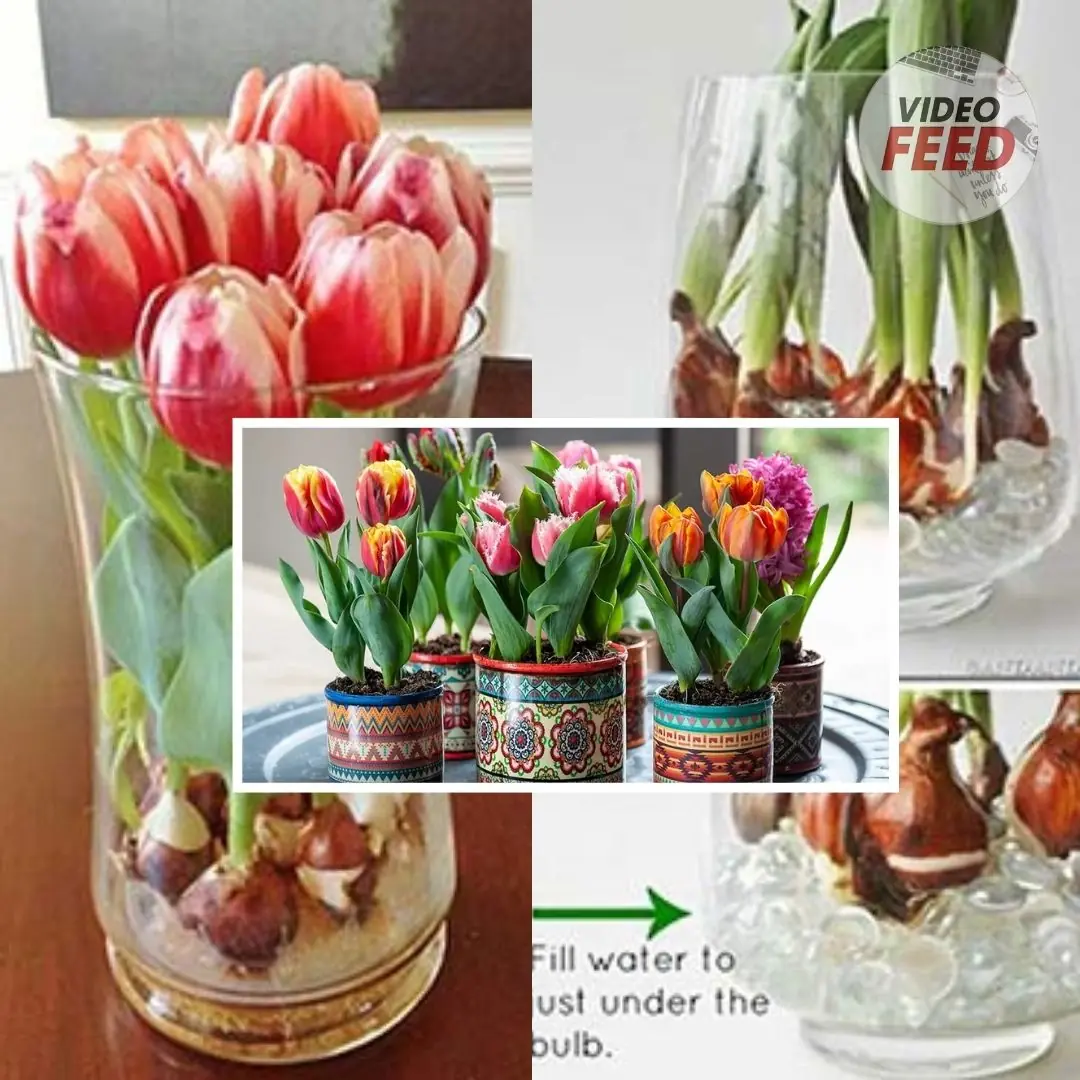
How to grow tulips indoors – a step-by-step guide to forcing these beautiful bulbs
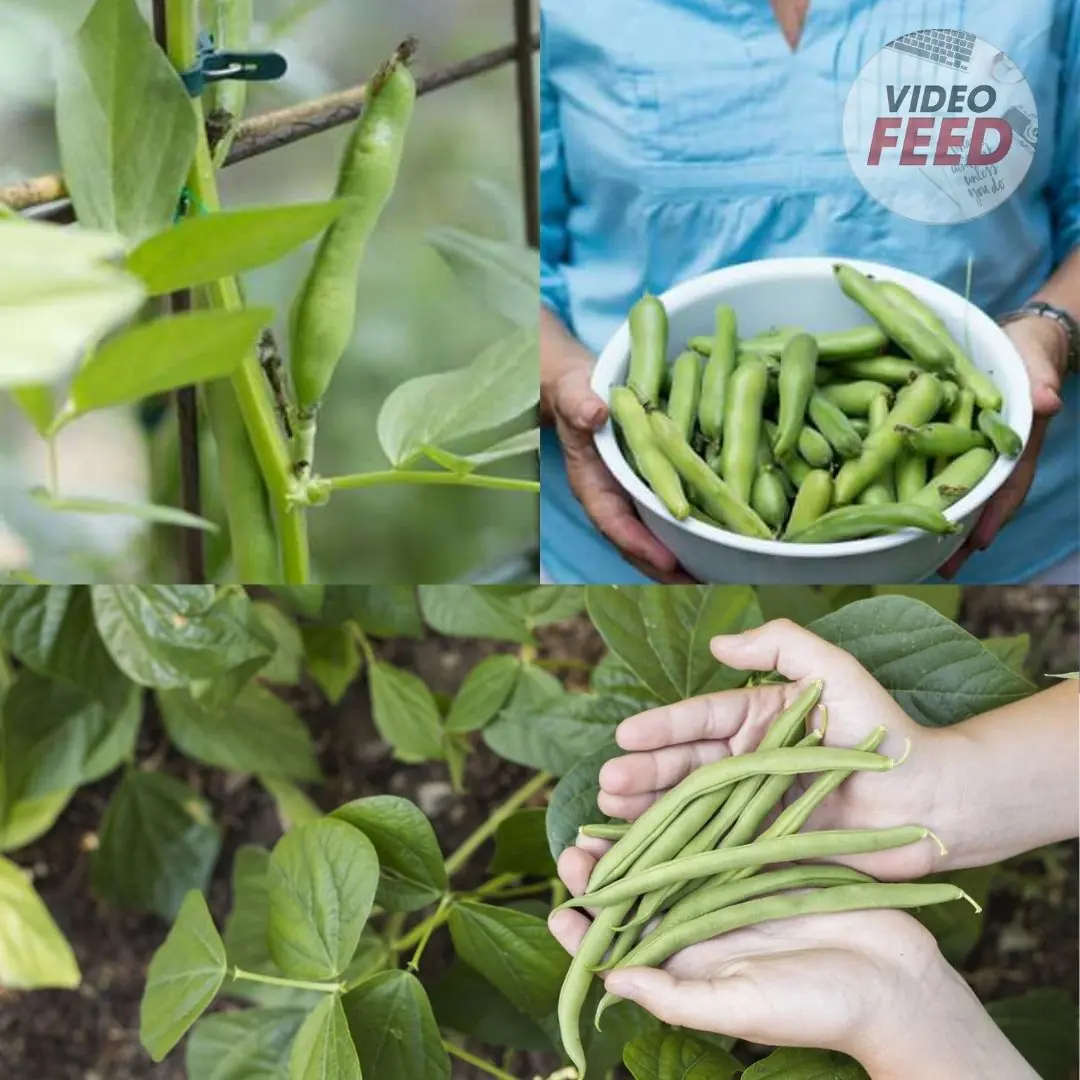
Grow These 5 Garden Beans This Summer
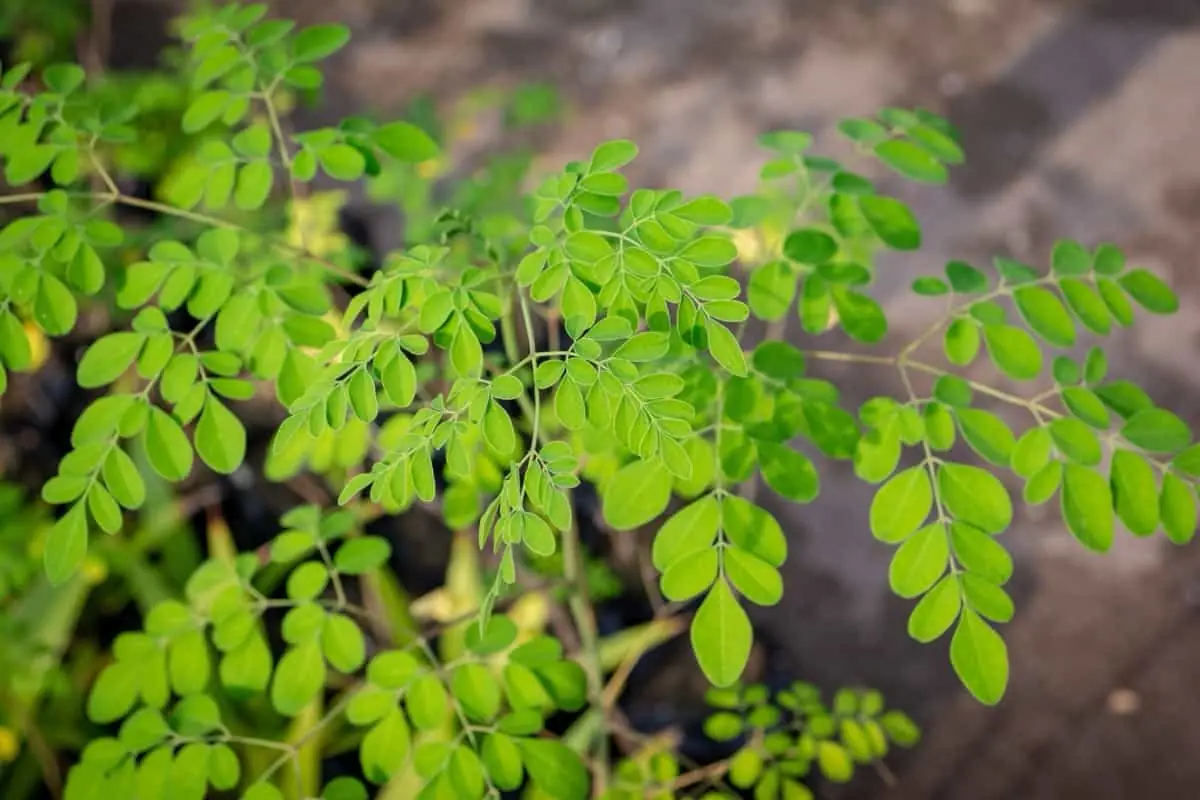
Why Asians Are Rushing to Grow This “Miracle Tree”: Heals Like Medicine, Sells Like Gold

How to Grow and Care for Dieffenbachia
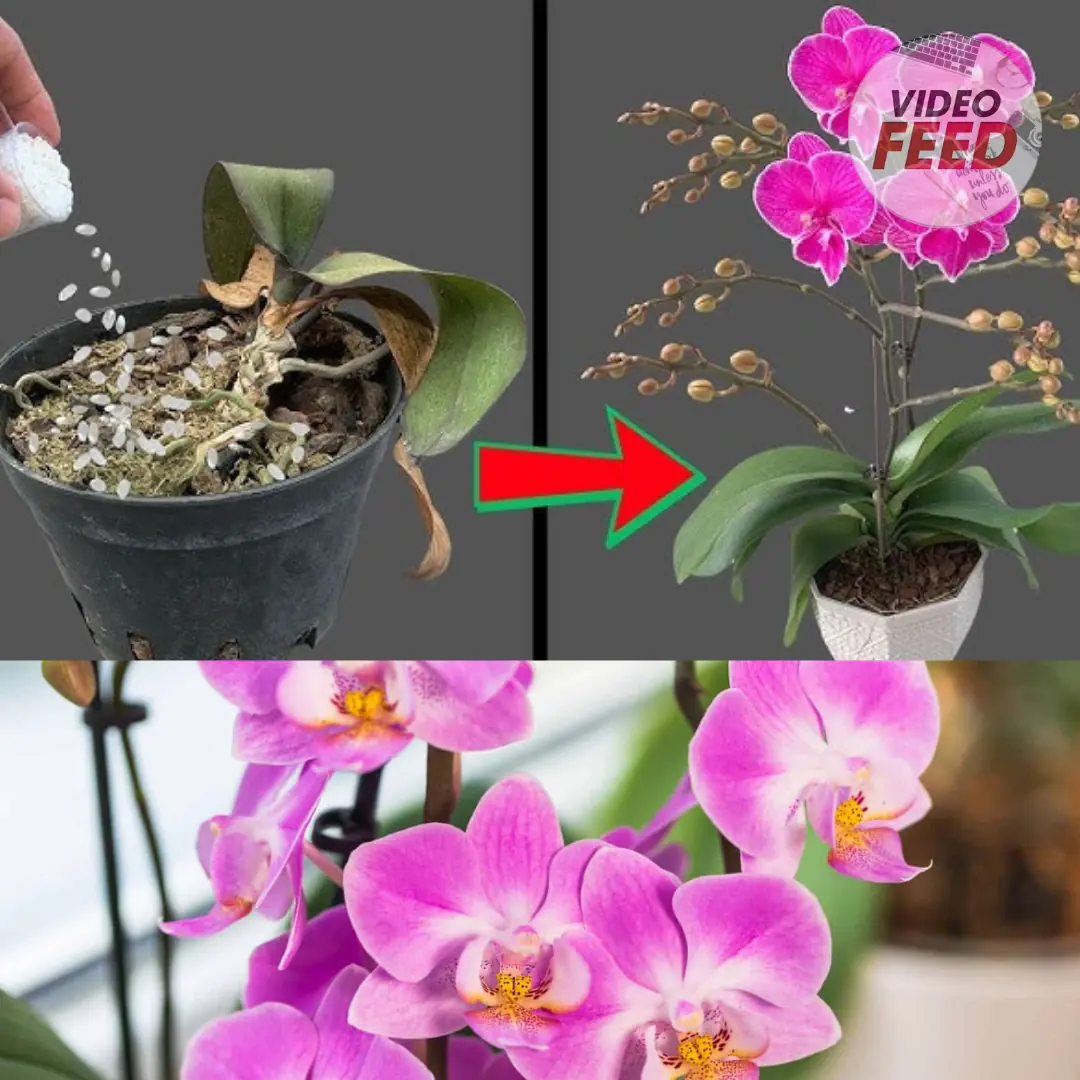
How to Grow and Care for Phalaenopsis Orchids Indoors
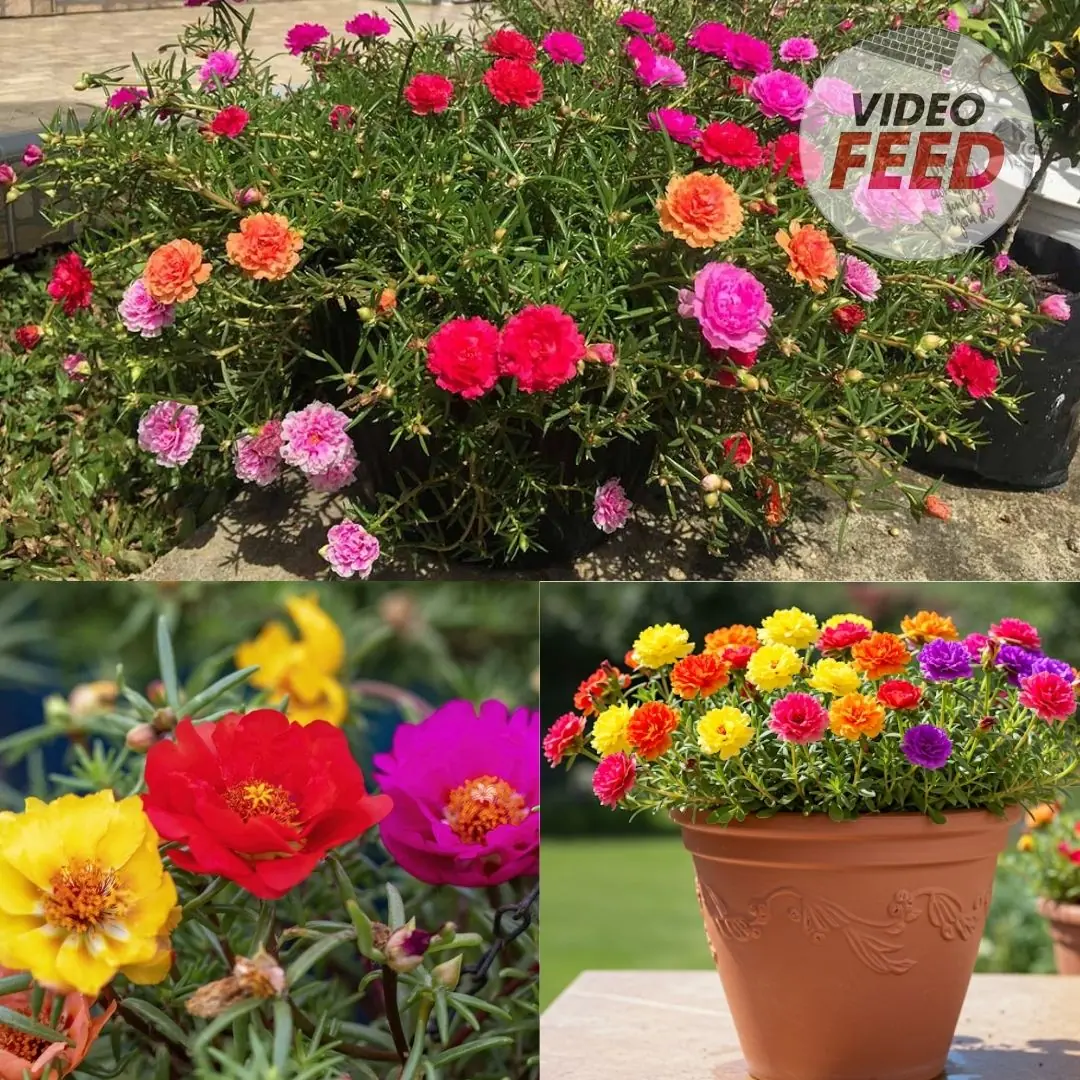
Portulaca in Pots: The Complete Guide to Growing Colorful & Drought-Tolerant Flowers Outdoors
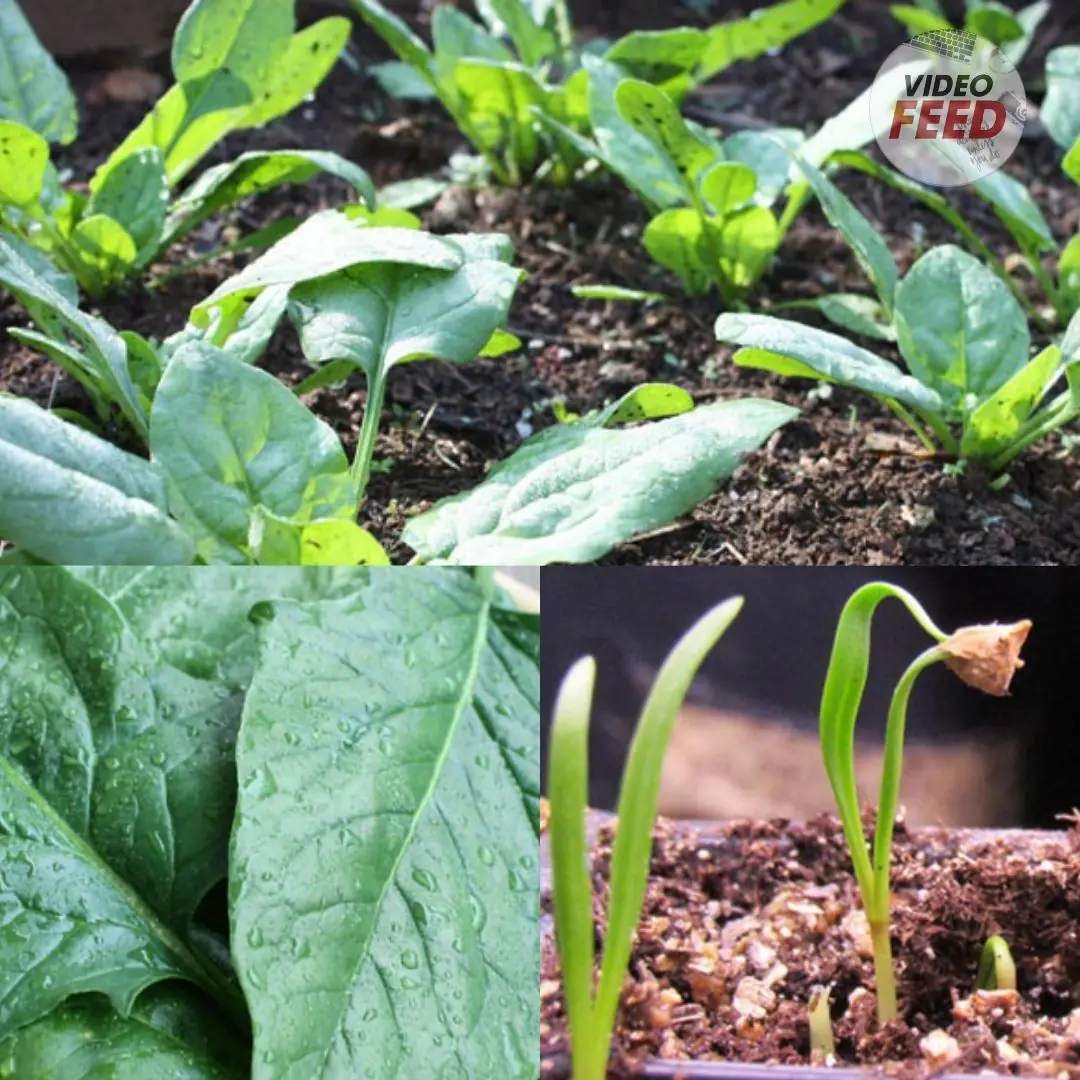
10 Tips for Growing Superb Spring Spinach
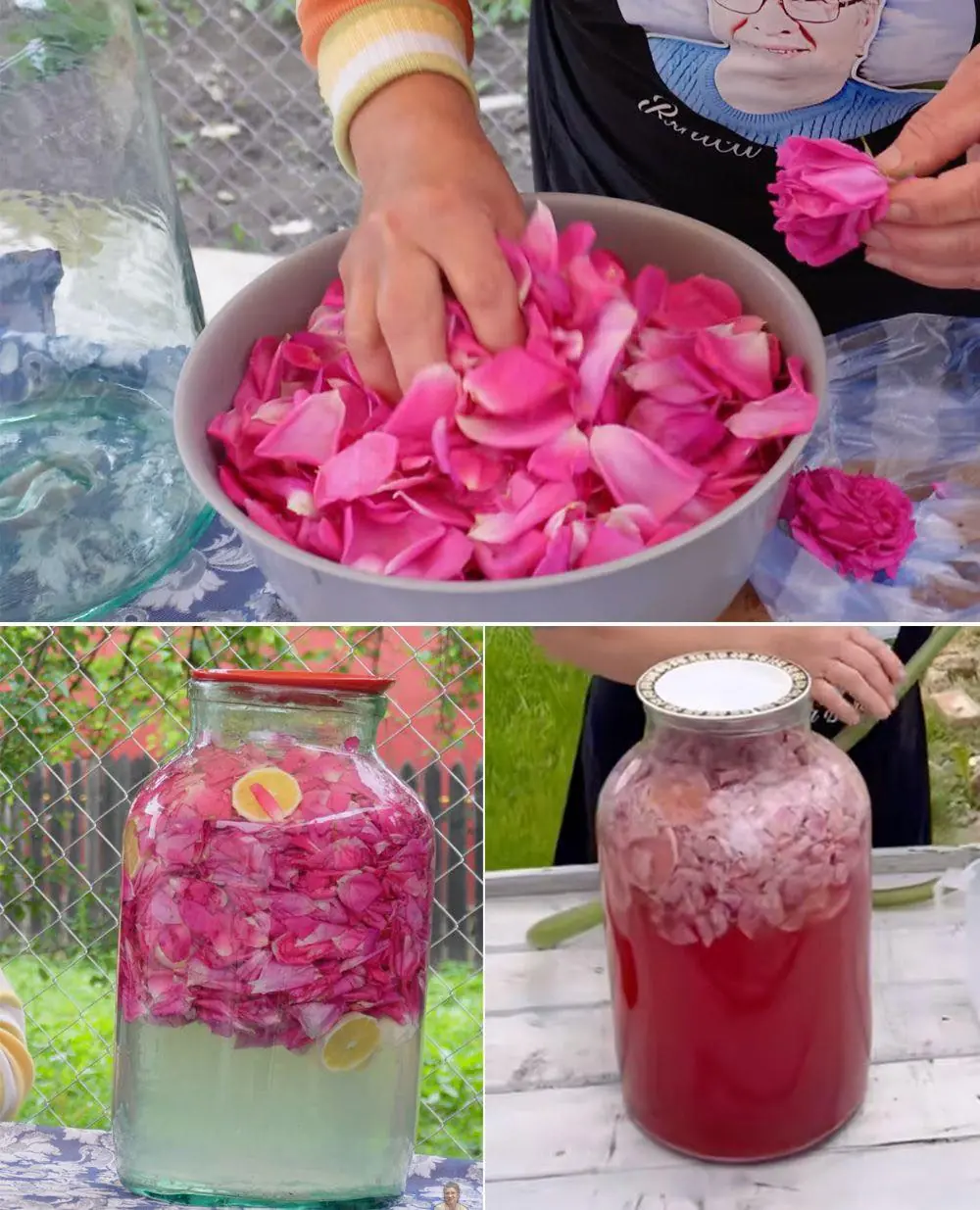
How to Make Rose Petal Lemonade – A Refreshing Homemade Drink
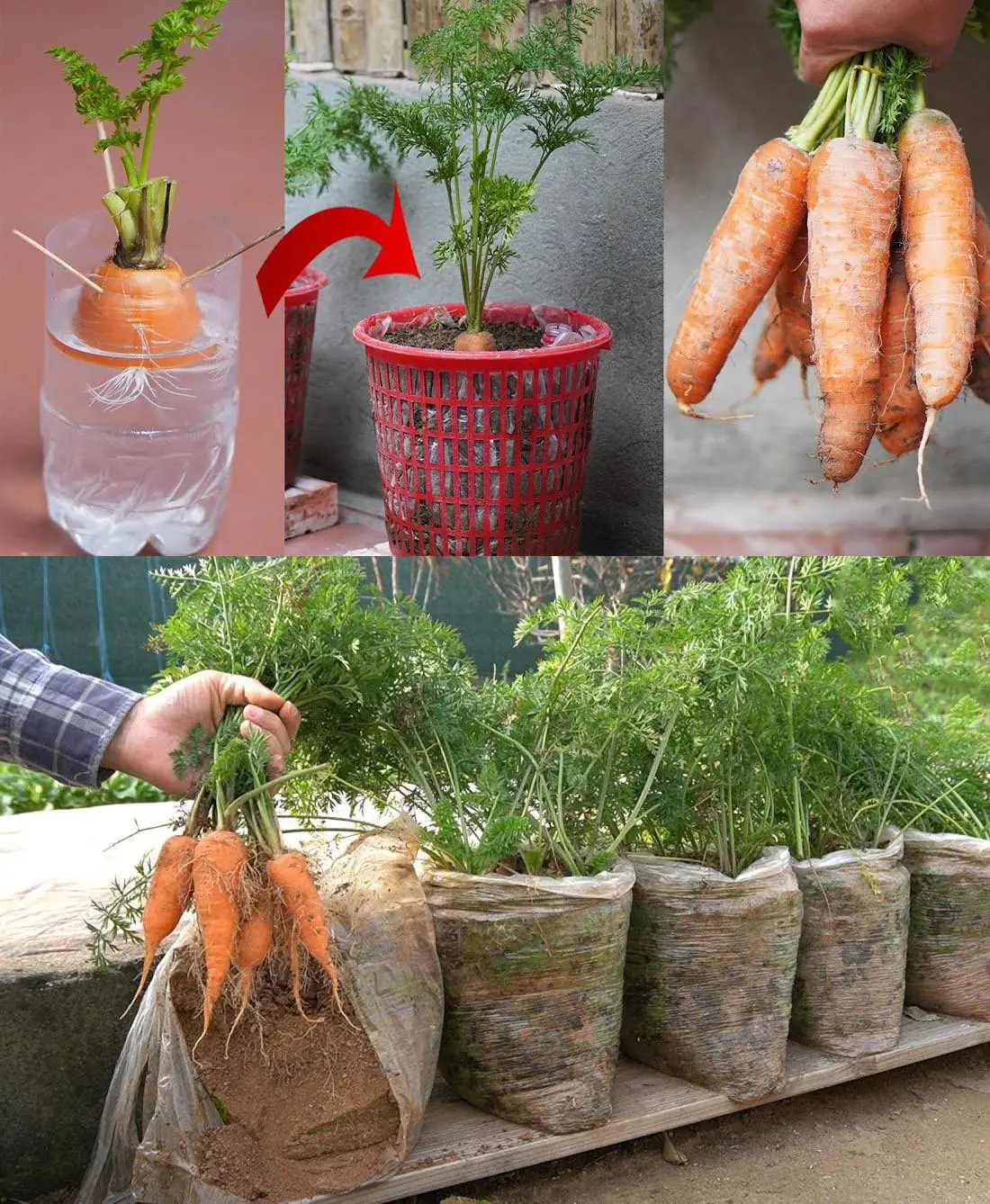
How to Grow Carrots at Home in Containers Starting with a Single Carrot
News Post
Early Warning Signs Your Body May Be Developing Can.cer

Early Warning Signs Your Body May Be Developing Can.cer
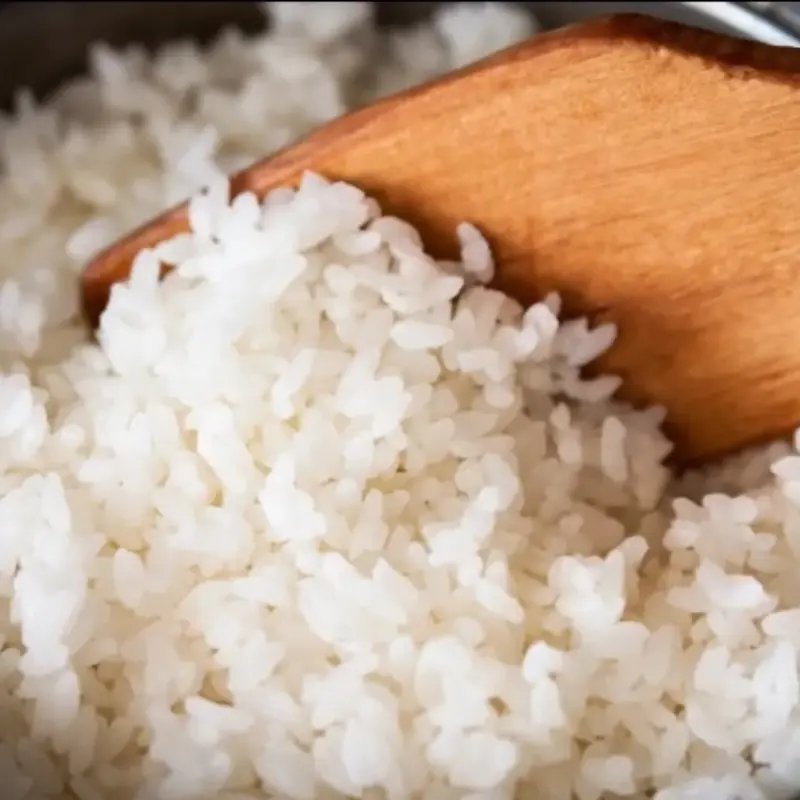
If people knew the shocking truth, they’d never reheat leftover rice again
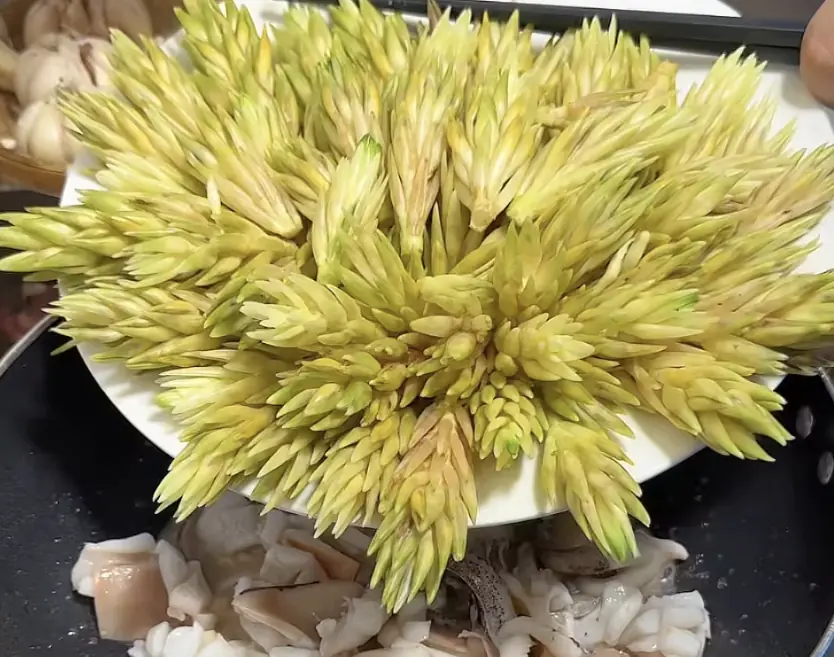
A Flower Once Thought Useless Turns Out to Be a Fragrant, Delicious Dish—Now Going Viral
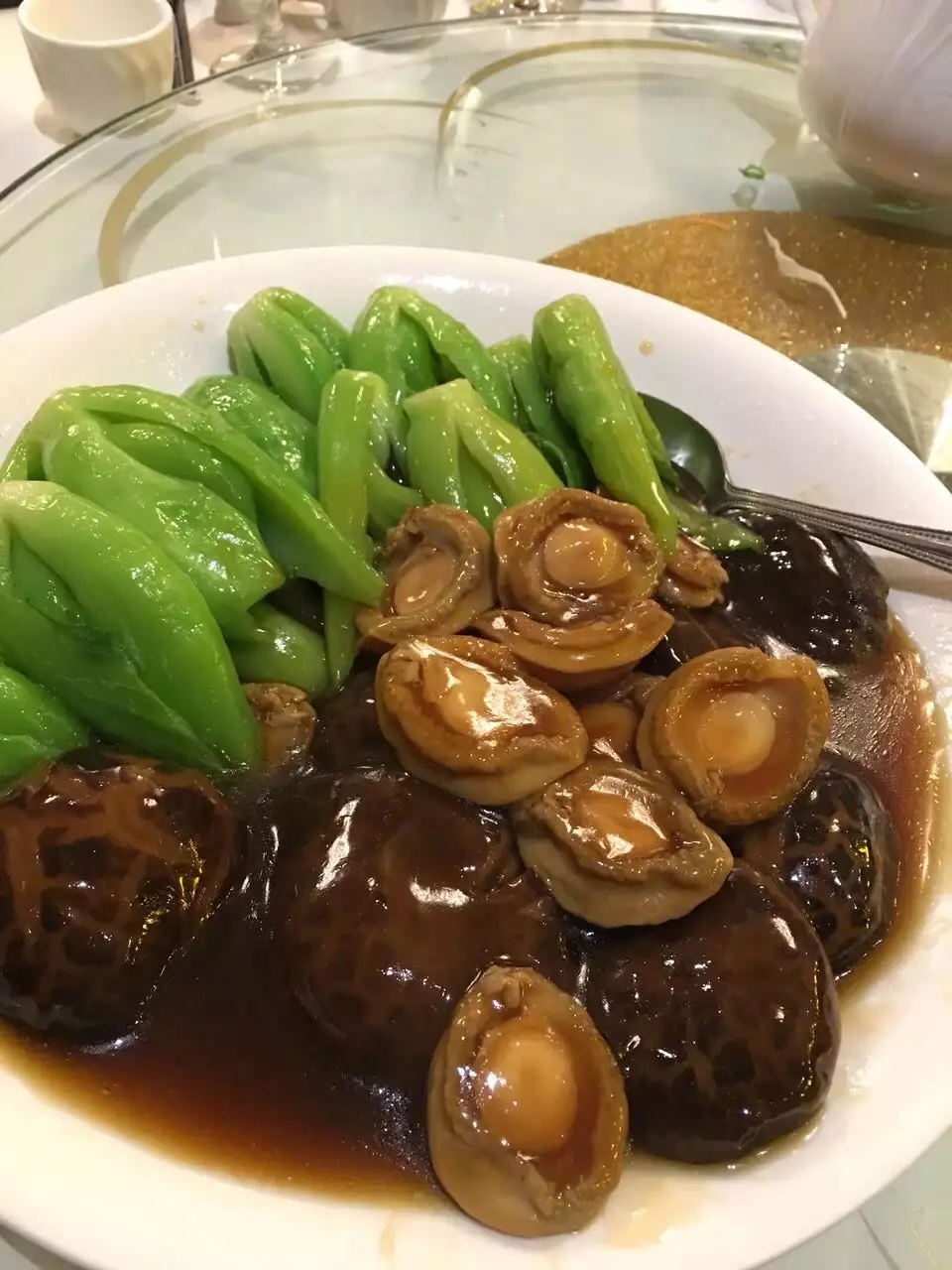
BRAISED SEA CUCUMBER WITH ABALONE & CHINESE GREENS
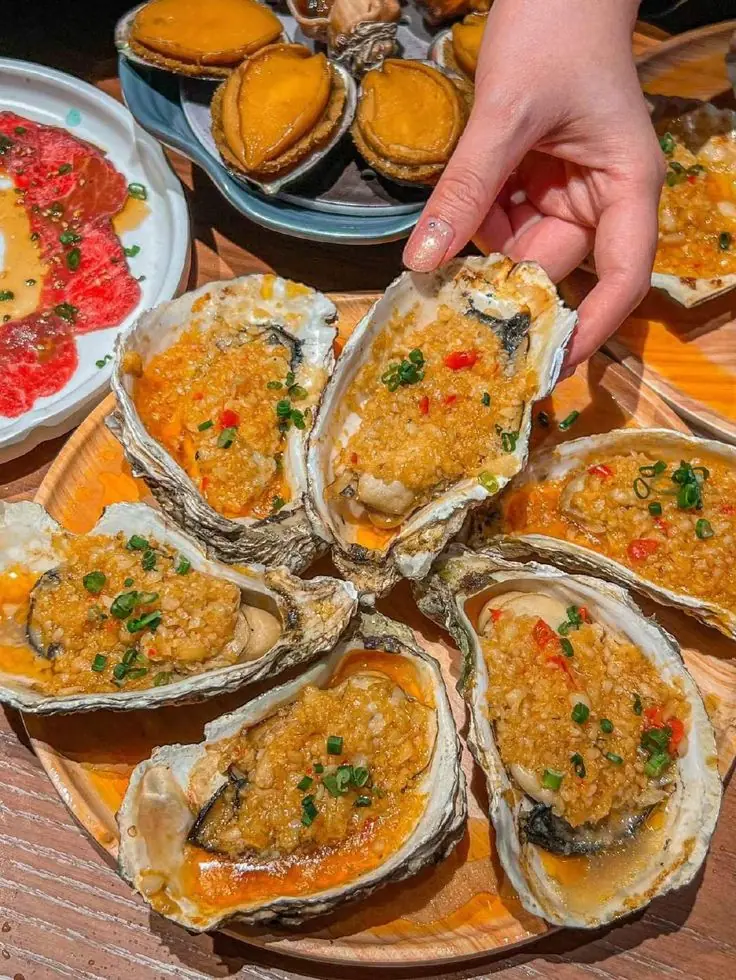
GRILLED OYSTERS WITH GARLIC BUTTER SAUCE
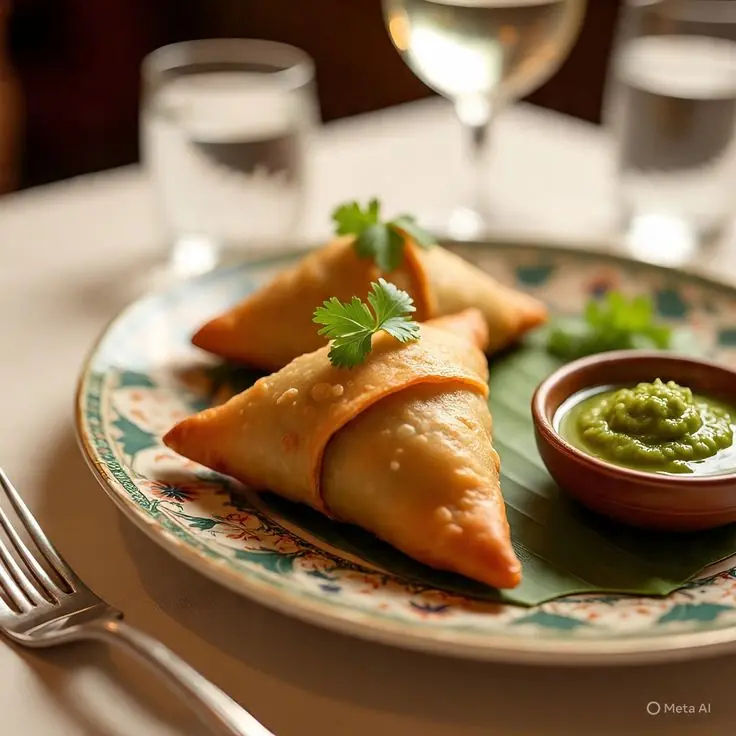
CRISPY CHICKEN SAMOSAS
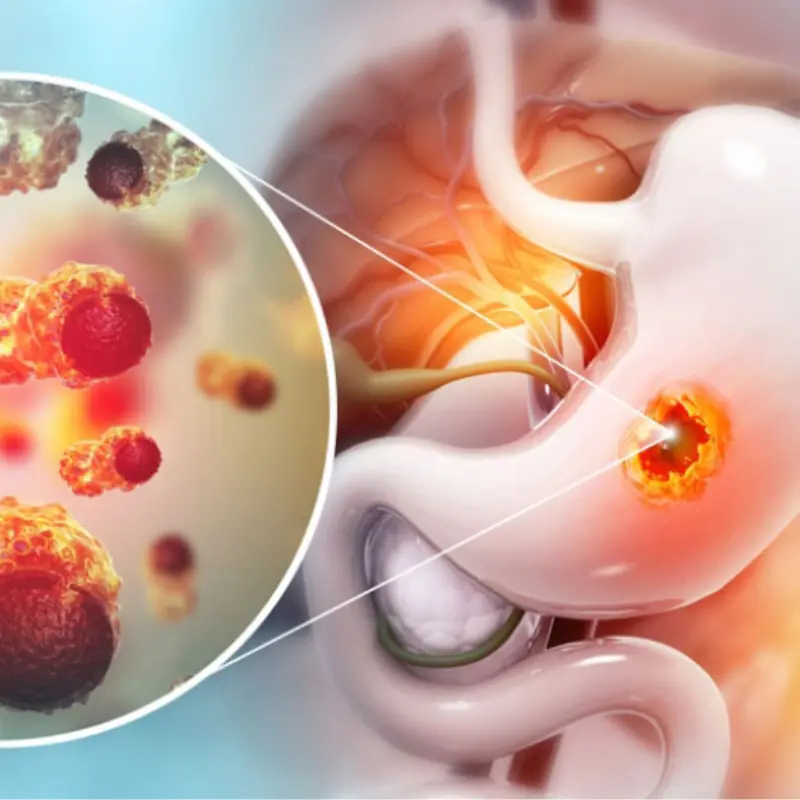
8 signs your sto.mach disease could be in a serious stage. If you notice any, see a doctor early.
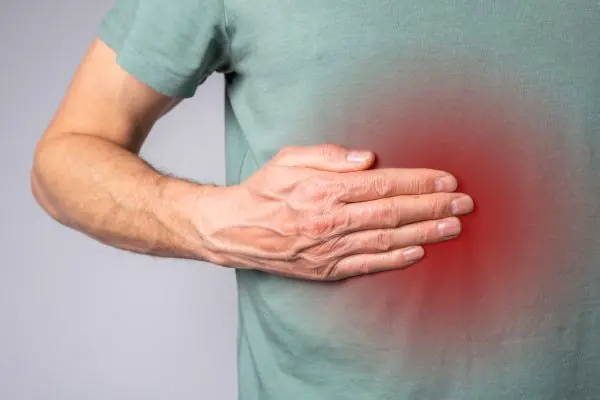
Pain on the left side of the body: what it could mean?
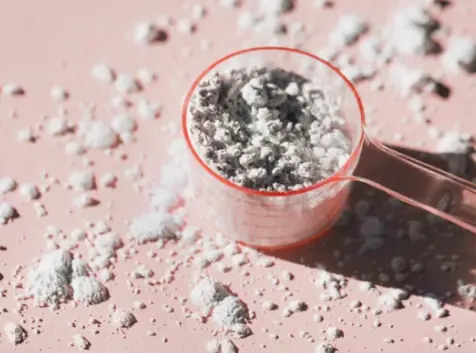
Oral Glutamine Supplementation Achieves Significant Symptom Relief in Post-Infectious IBS-D
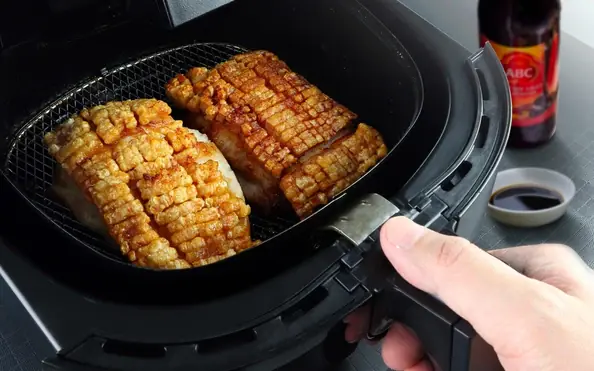
Warning for Anyone Using an Air Fryer: There’s One Essential Part You Must Clean—but It’s Often Overlooked

CRISPY BREADED SHRIMP WITH CREAMY GARLIC SAUCE
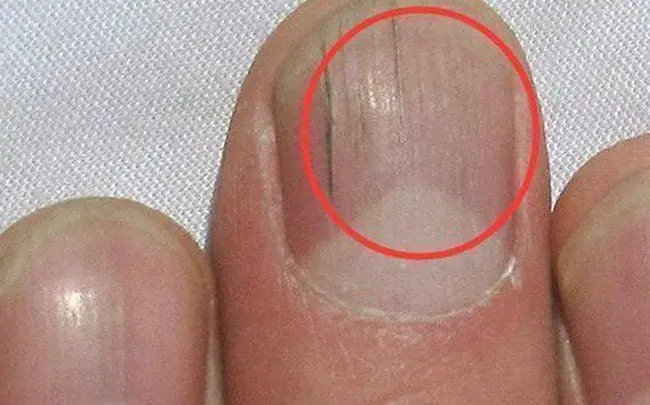
Check Your Nails for Warning Signs: If You Notice These 3 Changes, Consult a Doctor Right Away

These are the consequences of wearing used…
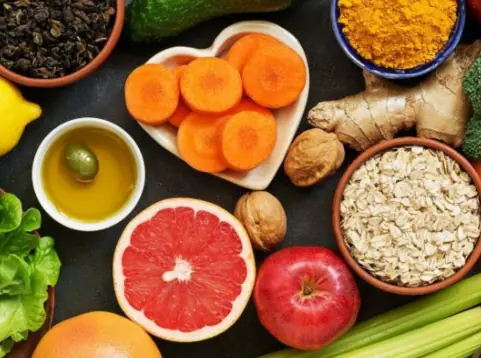
Plant-Derived Nutrient Cocktail Achieves 100% Kill Rate of Breast Cancer Cells In Vitro
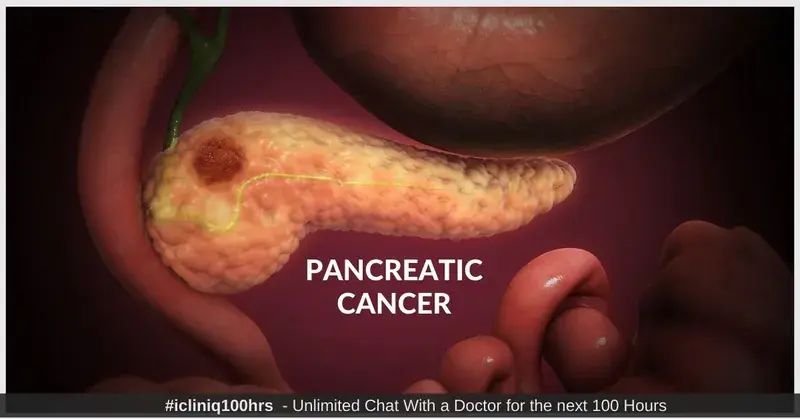
Pancreatic Can:cer Needs Catching Early, the Signs And Symptoms To Look Out For
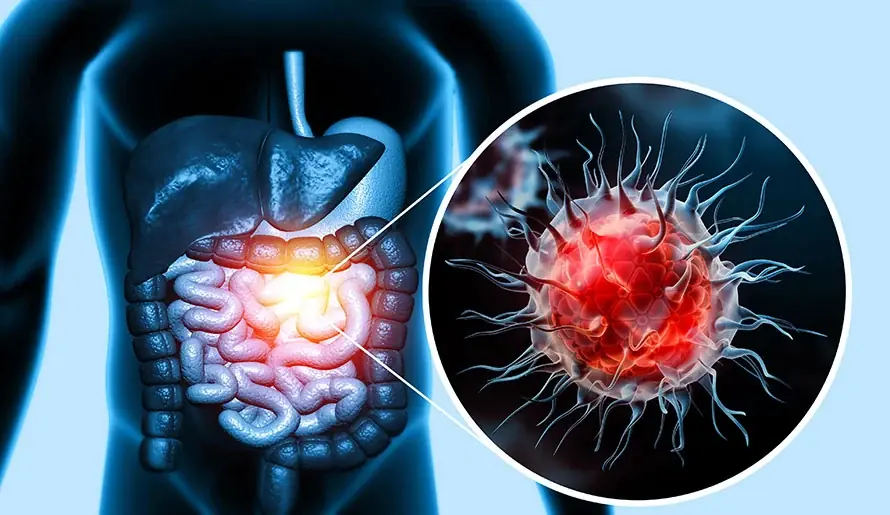
How Long Does Colon Cancer Take to Develop?
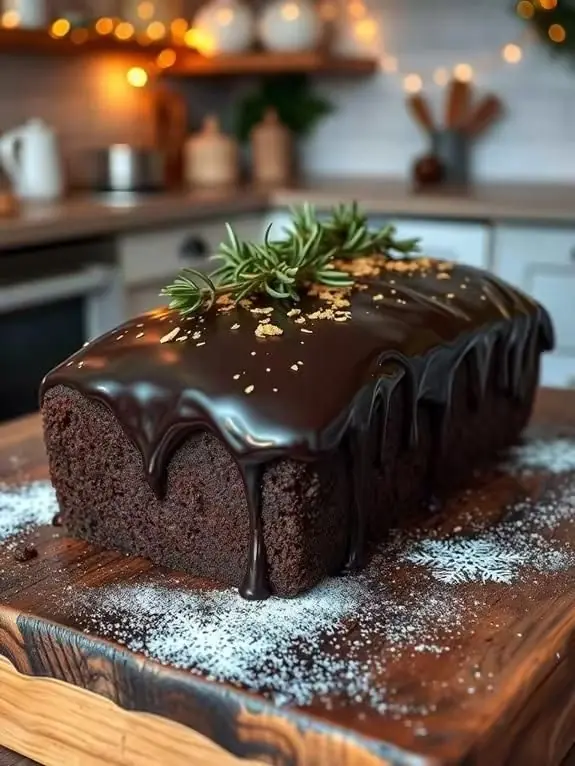
CHOCOLATE LOAF CAKE WITH CHOCOLATE GANACHE
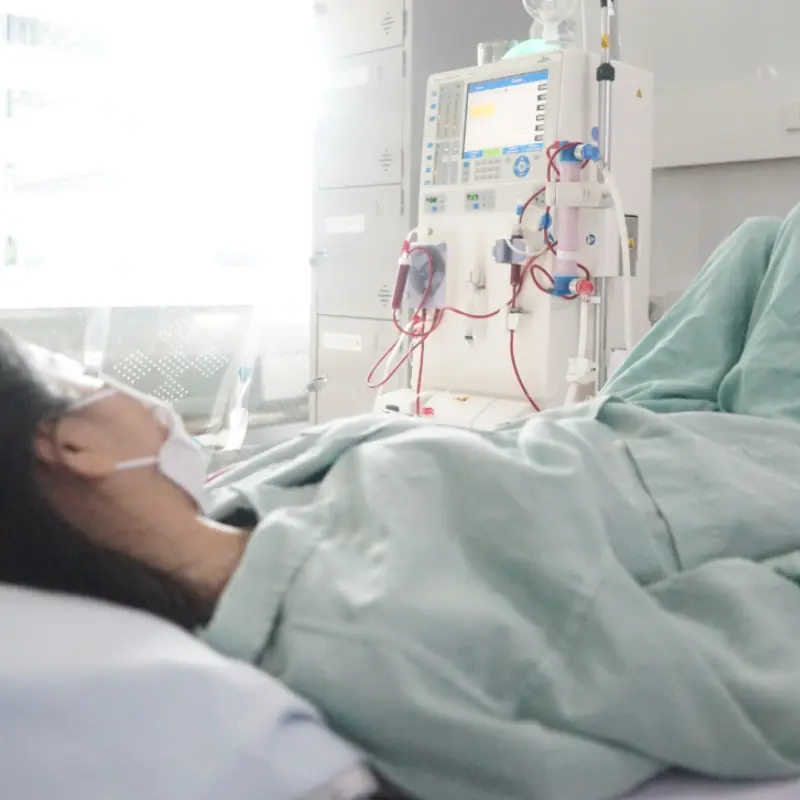
Woman Suffers Sudden Kid.ney Failure After Dinner: Doctor Warns, “This Vegetable Can Be Toxic—Stop Eating It!”

